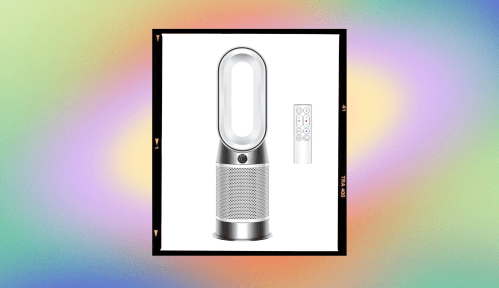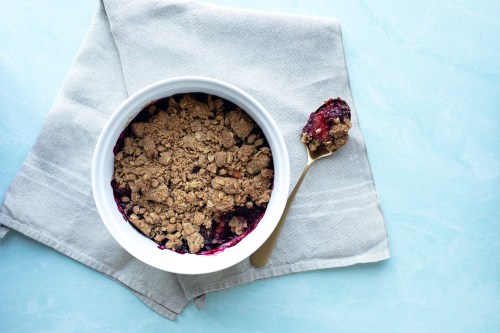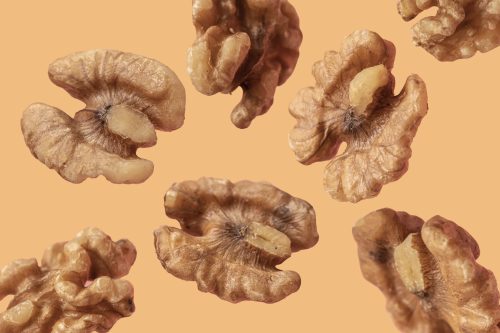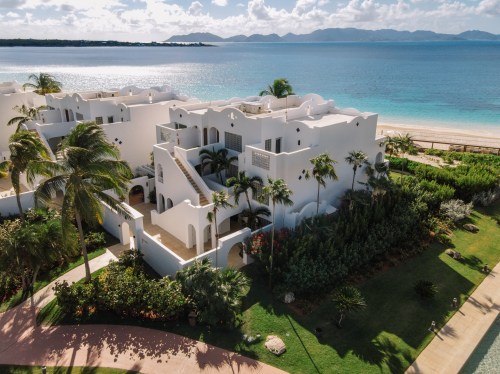Our editors independently select these products. Making a purchase through our links may earn Well+Good a commission
The top healthy chocolate bars that you can (and should eat) every day
With a nutritionist's advice, we recommend the best raw, organic, and generally good-for-you bars out there—for a delicious daily dose of antioxidants.
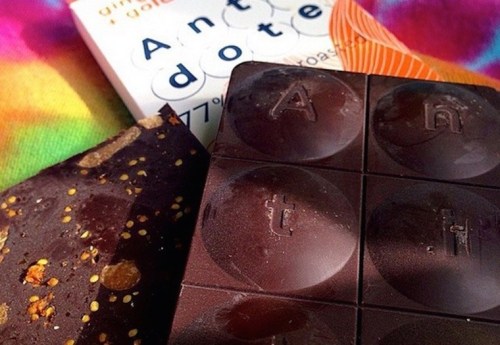
We’ve all heard the good news: eating dark chocolate daily is good for your heart, boosts brain power, and may even help you combat sleep deprivation.
But slow down. While it can be a superfood, not all chocolate is created equal.
“Cacao and cocoa are one in the same, and this little bean is responsible for the health benefits that are found in chocolate,” explains Keri Glassman, nutritionist and founder of Nutritious Life. “But the more processed that little bean is, the more nutrition is lost.”
What’s the best way to get your chocolate on and get the most antioxidant bang for your buck? We tested tons of amazing raw, organic, and generally good-for-you chocolate bars out there. (It was our pleasure.)
The most basic guidelines for success? “Always go for the greater percent of cocoa and the fewest ingredients,” Glassman says, who recommends dark chocolate with 65 percent cacao or higher. (Milk chocolate has less antioxidant-rich cocoa and more sugar.)
Now go break off a square and enjoy your bittersweet multivitamin.
Keep reading for dark chocolate brands to stock up on.
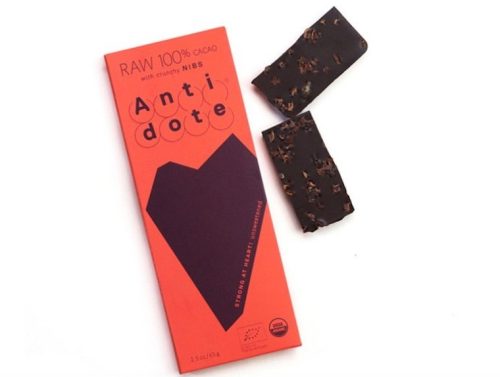
Antidote 100% + Nibs
This is one of the few bars you can find in the U.S. that hits the 100 percent cacao mark—and it includes raw beans which are sourced and prepared specially on a farm in southwest Ecuador. All you need is a nibble, trust.
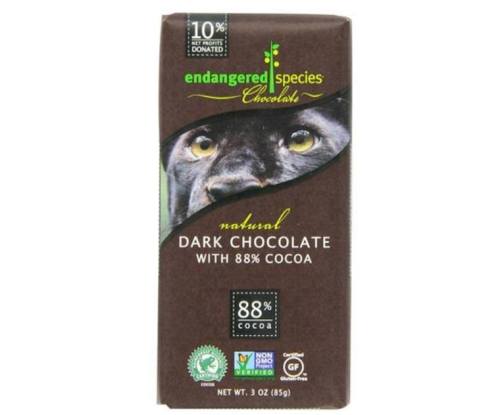
Endangered Species 88% Dark Chocolate
Made with ethically traded, responsibly sourced ingredients, Endangered Species’ mission is to make good chocolate while doing good deeds. The brand donates 10 percent of net profits to organizations—the African Wildlife Foundation, for one—that help protect endangered species and habitats. The flavor is incredibly rich and delicious.
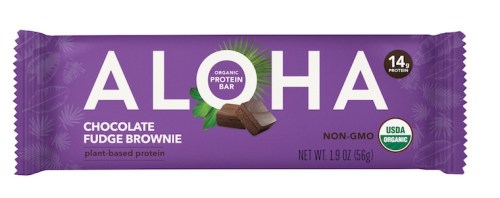
Aloha Chocolate Fudge Brownie
There’s 14 grams of protein packed into this bar—all of which is plant-based. Besides being dairy-free, it’s also non-GMO and has no weird additives, preservatives, or artificial colors. But that doesn’t stop it from tasting rich, chocolatey, and delish.
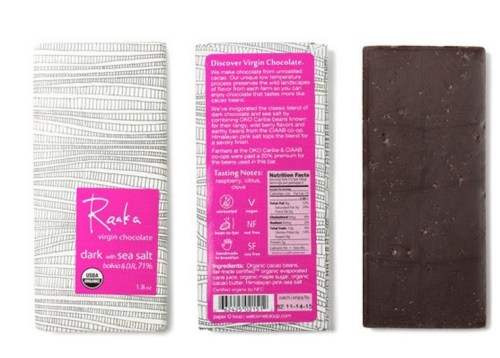
Raaka 71% Dark Chocolate With Sea Salt
The cacao comes from the Dominican Republic and Bolivia, but Raaka’s chocolate is made in New York City: in Red Hook, Brooklyn. The “virgin” bars are made of unroasted beans that are minimally processed, which allows the cacao to retain bolder, more complex, natural flavors.
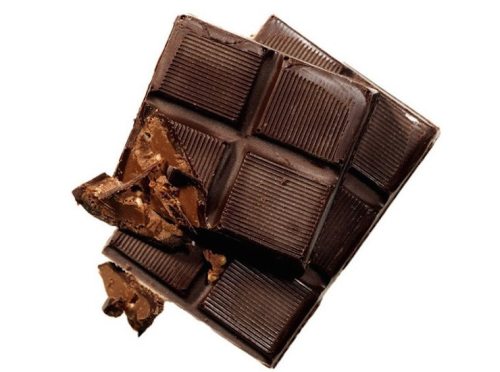
Hu Kitchen Almond Butter & Puffed Quinoa Chocolate Bar
Whoever decided to put almond butter inside a 72% dark chocolate bar is our hero. Hu Kitchen‘s commitment to using high-quality ingredients shows in this bar of cacao, almonds, organic puffed quinoa, and organic coconut sugar.
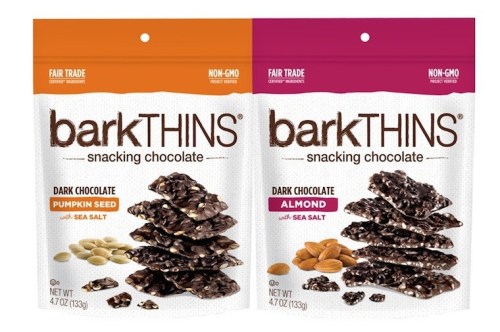
barkTHINS Snacking Chocolate
Heart-healthy pumpkin seeds and almonds make this fair-trade dark chocolate even tastier—and even better for you. And, since it’s already broken into pieces for you, it’s super easy to share. Unless that’s not your thing, then hide this bag pronto.
8 Stylish and Adjustable Office Chairs a Chiropractor Would Approve Of
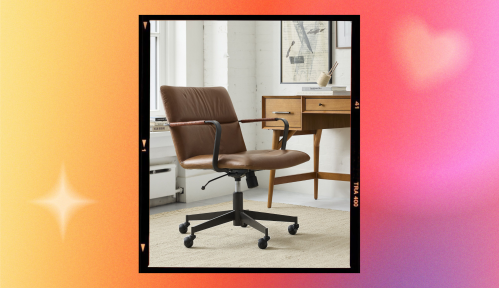
ThirdLove Just Launched Bras That Help Balance Your Body Temperature—Here’s Why That’s a Game-Changer for Women in All Life Stages

These Are the Summer Essentials You Should Bring With You Every Time You Leave the House, According to a Derm and an RD
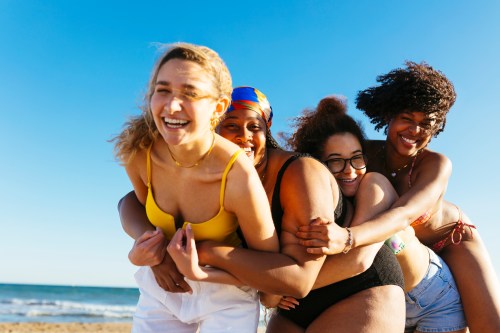
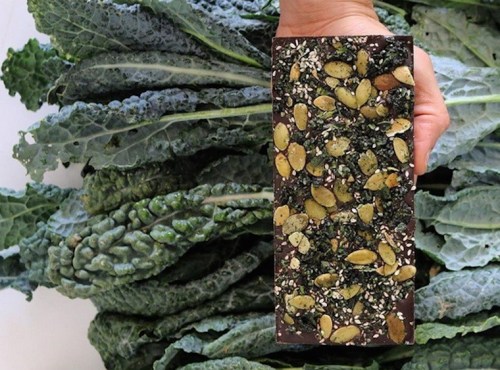
Compartés Vegan Zen Healthy Kale Dark Chocolate Bar
Yes, there is kale in this chocolate bar. Kale chips to be exact. And that extra healthy dose of dark leafy greens—along with pumpkin and sesame seeds—makes Compartés’ 75 percent cacao bar stand out from the crowd. Using cacao sourced in South America, the bars are made by a small team of chocolatiers in Los Angeles.
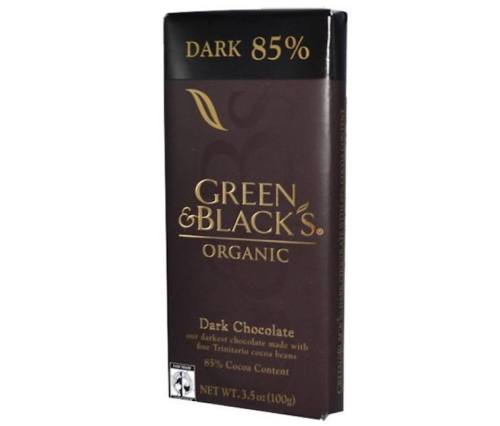
Green & Black’s Organic 85% Dark Chocolate
Made with fair-trade cacao sourced from Belize and the Dominican Republic and organic vanilla from Madagascar, the UK chocolates are all ethically and sustainably sourced—and widely available in the US. It does contain a little organic raw cane sugar. (If you prefer a little less intense bitterness, they also have a 70 percent bar.)
Originally posted September 15, 2015. Updated February 2, 2018.
For a double dose of antioxidants, pair your chocolate with steaming hot cup of matcha. Or, whip up one of these three drinks that helps fight inflammation.

